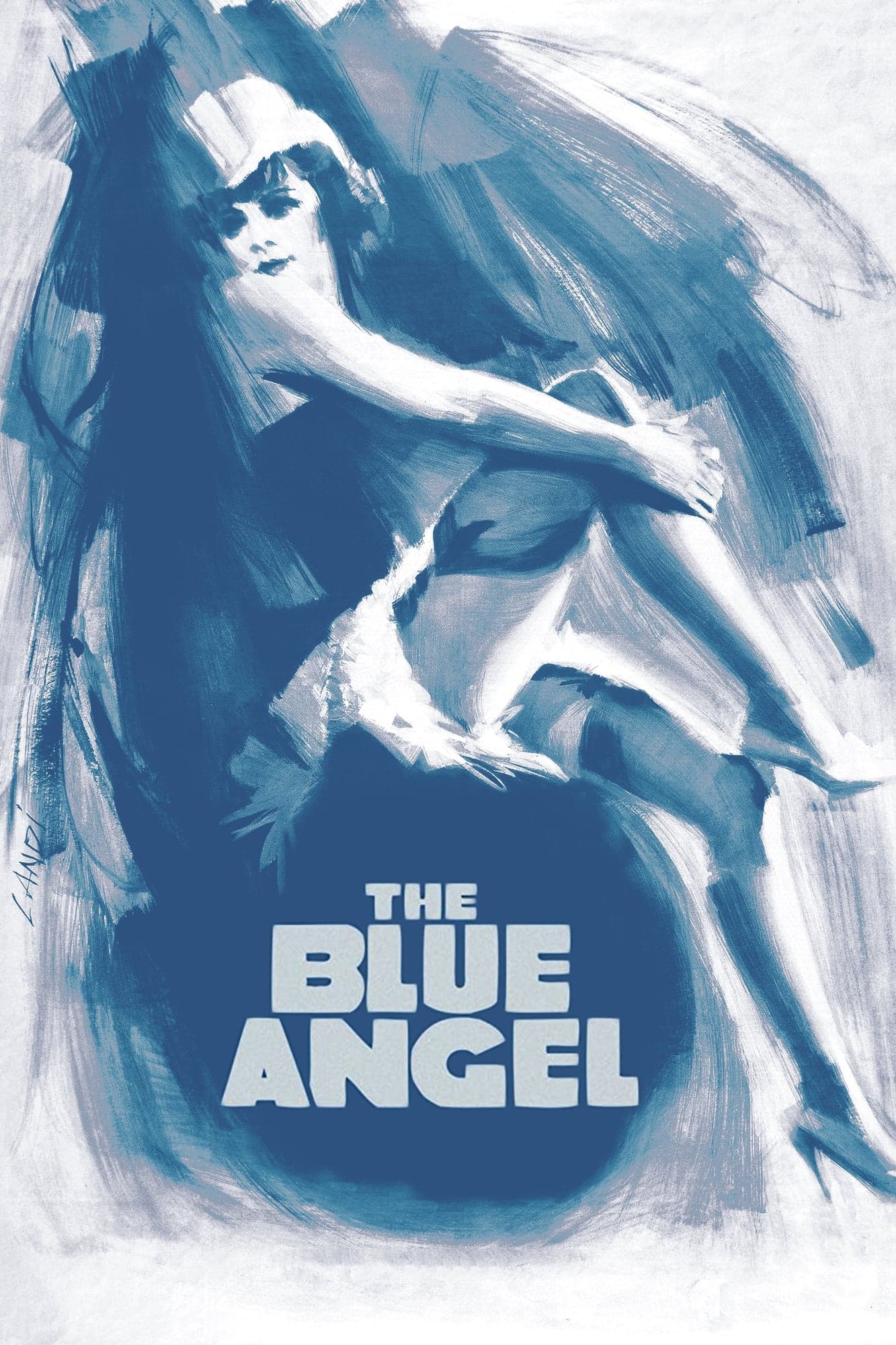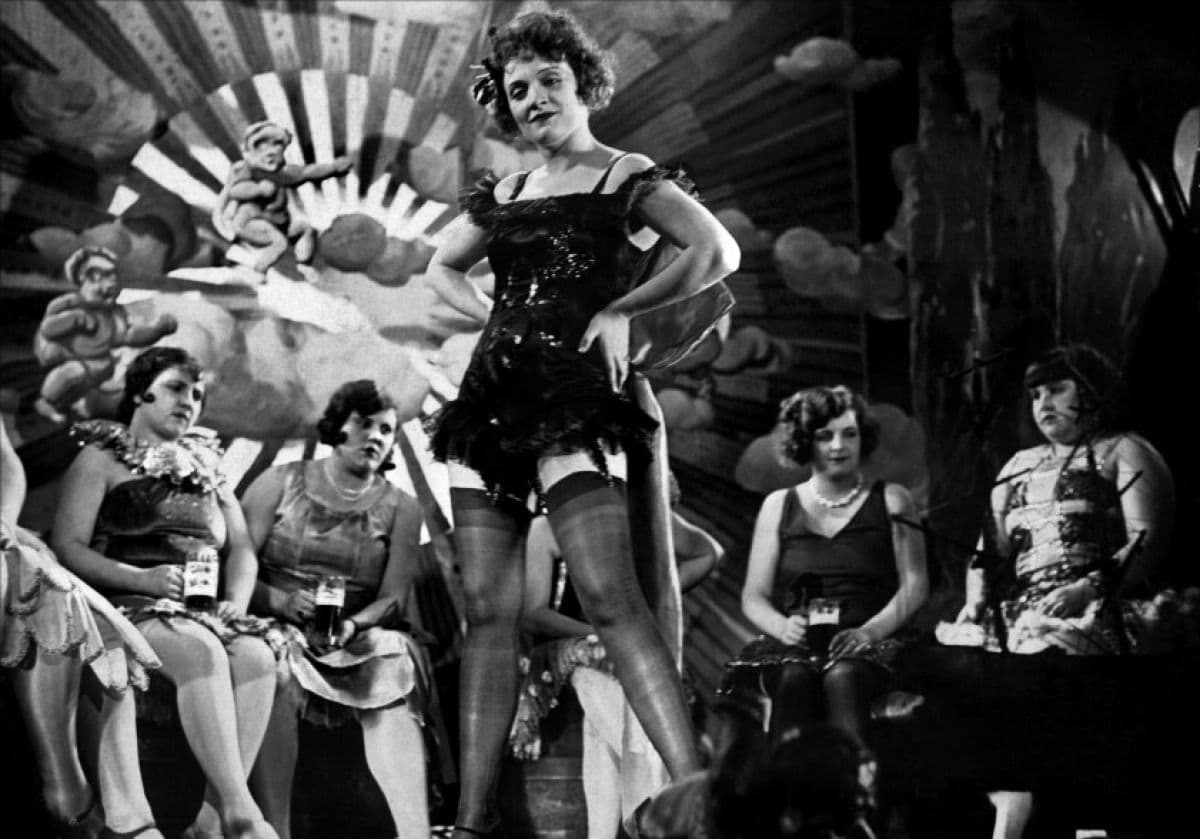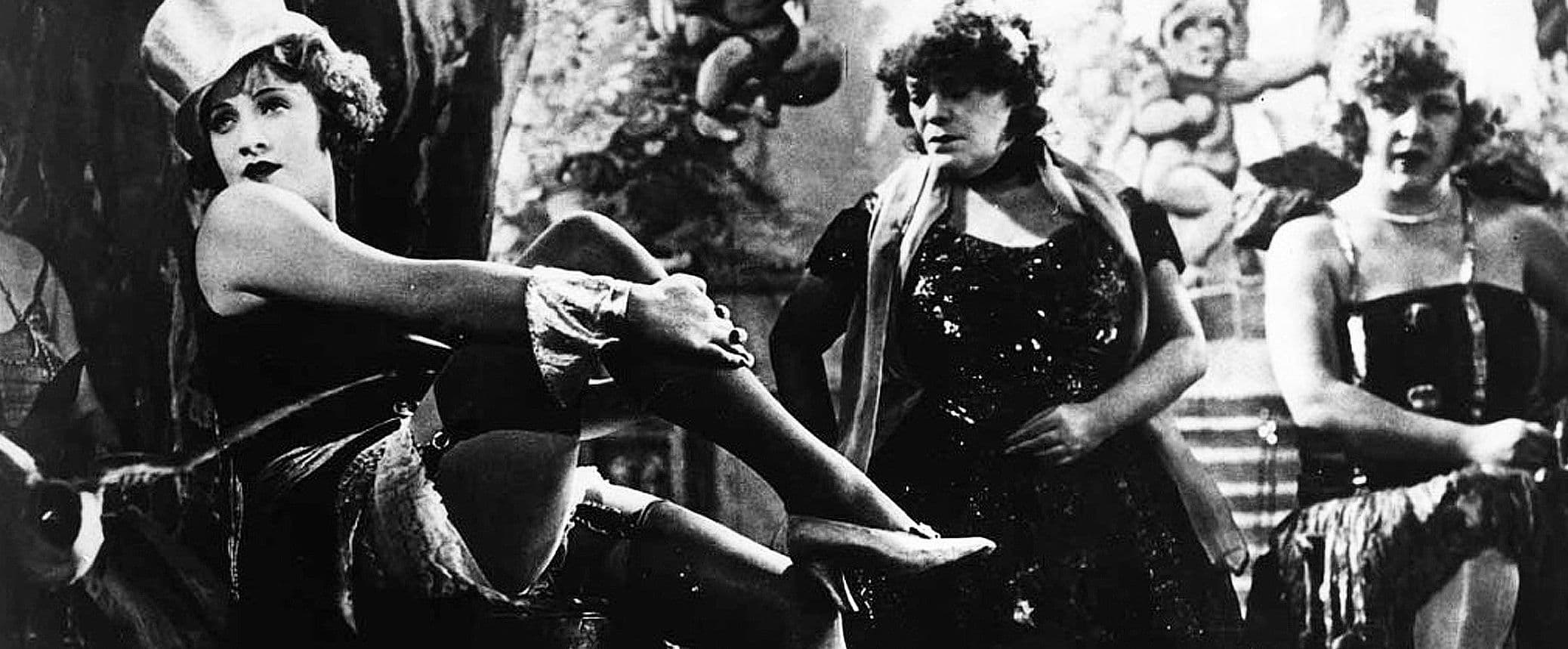
The Blue Angel
1930
Rate this movie
Average: 5.00 / 5
(1 votes)
Director
Sternberg creates an indelible iconographic myth, and this myth takes form and comes to life through Dietrich's magnetic charisma. An artistic partnership, that between the director and his muse, destined to redefine the very contours of the Hollywood star system, but which found its dazzling genesis here. The character of Lola Lola is pure sensuality, a breaking of every pre-established pattern, scenic ferocity, and disruptive eros. She is not simply a seductive figure, but a force of nature, a hurricane unleashed into the bourgeois microcosm of Weimar Germany, destined to sweep away every remnant of conventionality and order. Sternberg, with his visual mastery and his sensitivity to the female world, creates a work of extraordinary expressive power, in which light, shadows, and set design, indebted to the fervor of German Expressionist cinema – consider the dreamlike distortions of The Cabinet of Dr. Caligari or the twilight atmospheres of Nosferatu – contribute to building an atmosphere of decadence and perverse allure. Every shot is a canvas painted with Caravaggesque chiaroscuro, a play of veils and revelations that foreshadows the dire fate of its protagonists. The film, based on Heinrich Mann's novel "Professor Unrat," explores the theme of destructive passion, erotic obsession, and loss of identity, within a social context balanced between tradition and modernity, an era of profound upheavals and transformations that would soon give way to far greater darkness. It is no coincidence that this parable of annihilation is set in such a pivotal period of German history: The Blue Angel becomes a kind of premonition, an allegory of the fragility of an entire nation on the brink of the abyss.
The narrative unfolds around the figure of Professor Immanuel Rath, a respectable high school teacher whose life is turned upside down by his encounter with Lola, a cabaret singer of enchanting beauty and irresistible charm. Rath, initially drawn by curiosity and the desire to reprimand his students who frequent "The Blue Angel" club, falls victim to Lola's charm, abandoning his career, his reputation, and his dignity to follow her into her world of illusions and perdition. This descent into hell is not merely an individual drama, but a searing metaphor for the collapse of bourgeois certainties and academic intellectualism in the face of the irrational and the primitive. Rath's transformation, from a rigid and authoritarian man to a pathetic and humiliated clown, is the beating heart of the film: Sternberg, with impeccable direction, shows the professor's progressive descent into hell, highlighting his fragility and his pathological dependence on Lola. It is a process of degradation that unfolds not with a bang, but with relentless inevitability, a slow suffocation of the soul that translates into increasingly grotesque physical humiliation. His mask of respectability crumbles, revealing an inner void that Lola, with her unconditional and almost cruel freedom, only amplifies. When everything crumbles around the man, even at the moment of his final, harrowing, silent scream, vivid images will flash through his mind: a woman with a top hat, a mocking smile, two very long ivory-colored legs, and a hoarse, deep, and indescribable voice – the indelible seal of his perdition. The film, moreover shot in dual versions (German and English, a common practice for international productions of the era), helped launch Marlene Dietrich onto the world stage, instantly consecrating her as an icon.
Marlene Dietrich, in her role as Lola in The Blue Angel, embodies a disruptive and multifaceted eros that goes far beyond simple physical sensuality. Hers is a conscious and provocative femininity that defies social conventions and subverts power roles in an era when the role of women was still rigidly codified. Lola is not merely an object of desire, a male trophy; on the contrary, she is a woman who wields her charm with sharp intelligence and biting irony, playing with men and their weaknesses with the mastery of a puppeteer. Her eros is expressed through a plurality of means: her hoarse and sensual voice, a hypnotic instrument of seduction that envelops and ensnares; her winking gaze, capable of promising worlds and concealing abysses; the sinuous movements of her body, which trace trajectories of freedom and defiance in the air; her scant and provocative clothing, authentic manifestos of unreservedly displayed sexuality. The scene where she sings "Falling in Love Again" with her legs crossed and a mocking expression on her face has rightly become an icon of cinematic eroticism, a symbol of free and uninhibited femininity, a precursor to the femme fatale figure that would dominate film noir in the years to come, from Phyllis Dietrichson in Double Indemnity to Kathie Moffat in Out of the Past. But Lola's eros is not merely exhibition and provocation: it is also a weapon of seduction and power, which she uses to conquer and dominate men, as demonstrated by her relationship with Professor Rath, transforming him from hunter to prey, from executioner to willing victim. Lola embodies a new female figure, emancipated and independent, who is not afraid to express her sexuality and challenge the rules of bourgeois morality, breaking patterns and foreshadowing the century's sexual revolution. Her performance, audacious and transgressive for the era, not only helped create a new model of femininity on screen but also cemented Sternberg's indelible mark in shaping Dietrich's star image, ushering in one of the most legendary and influential collaborations between director and actress in cinema history.
Main Actors
Country
Gallery




Comments
Loading comments...